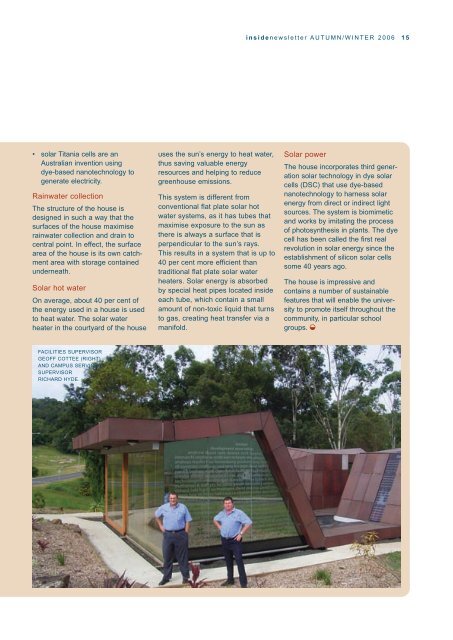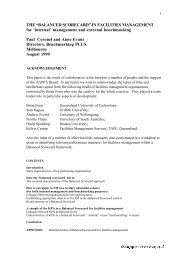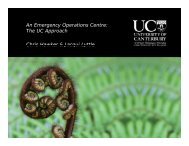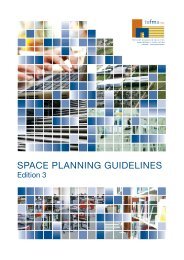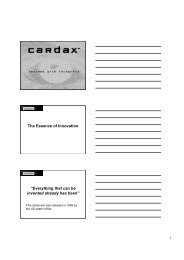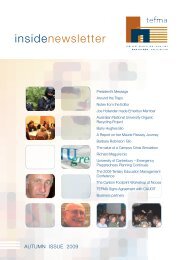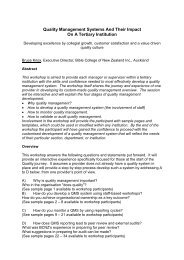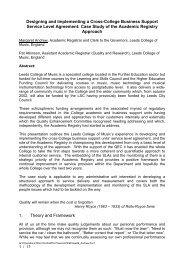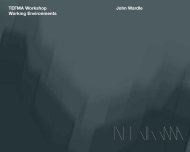insidenewsletter - Tertiary Education Facilities Management ...
insidenewsletter - Tertiary Education Facilities Management ...
insidenewsletter - Tertiary Education Facilities Management ...
Create successful ePaper yourself
Turn your PDF publications into a flip-book with our unique Google optimized e-Paper software.
<strong>insidenewsletter</strong> AUTUMN/WINTER 2006 15<br />
• solar Titania cells are an<br />
Australian invention using<br />
dye-based nanotechnology to<br />
generate electricity.<br />
Rainwater collection<br />
The structure of the house is<br />
designed in such a way that the<br />
surfaces of the house maximise<br />
rainwater collection and drain to<br />
central point. In effect, the surface<br />
area of the house is its own catchment<br />
area with storage contained<br />
underneath.<br />
Solar hot water<br />
On average, about 40 per cent of<br />
the energy used in a house is used<br />
to heat water. The solar water<br />
heater in the courtyard of the house<br />
uses the sun’s energy to heat water,<br />
thus saving valuable energy<br />
resources and helping to reduce<br />
greenhouse emissions.<br />
This system is different from<br />
conventional flat plate solar hot<br />
water systems, as it has tubes that<br />
maximise exposure to the sun as<br />
there is always a surface that is<br />
perpendicular to the sun’s rays.<br />
This results in a system that is up to<br />
40 per cent more efficient than<br />
traditional flat plate solar water<br />
heaters. Solar energy is absorbed<br />
by special heat pipes located inside<br />
each tube, which contain a small<br />
amount of non-toxic liquid that turns<br />
to gas, creating heat transfer via a<br />
manifold.<br />
Solar power<br />
The house incorporates third generation<br />
solar technology in dye solar<br />
cells (DSC) that use dye-based<br />
nanotechnology to harness solar<br />
energy from direct or indirect light<br />
sources. The system is biomimetic<br />
and works by imitating the process<br />
of photosynthesis in plants. The dye<br />
cell has been called the first real<br />
revolution in solar energy since the<br />
establishment of silicon solar cells<br />
some 40 years ago.<br />
The house is impressive and<br />
contains a number of sustainable<br />
features that will enable the university<br />
to promote itself throughout the<br />
community, in particular school<br />
groups.®<br />
FACILITIES SUPERVISOR<br />
GEOFF COTTEE (RIGHT)<br />
AND CAMPUS SERVICES<br />
SUPERVISOR<br />
RICHARD HYDE.


